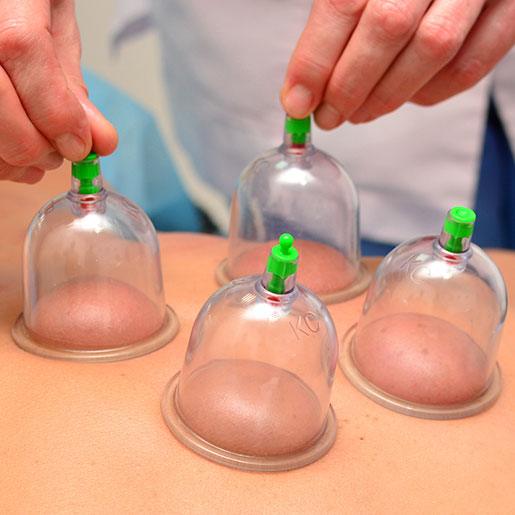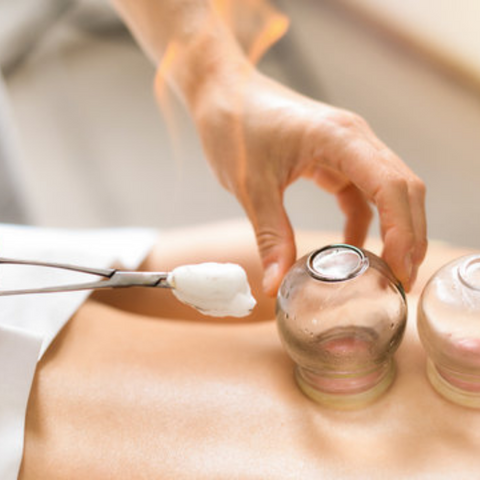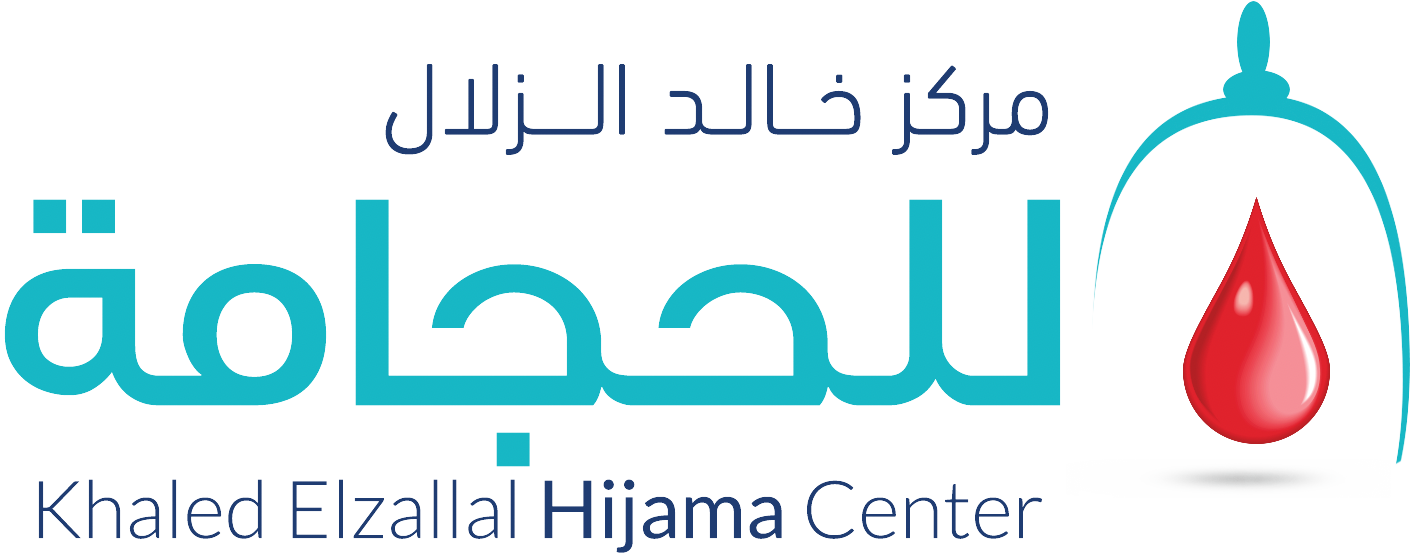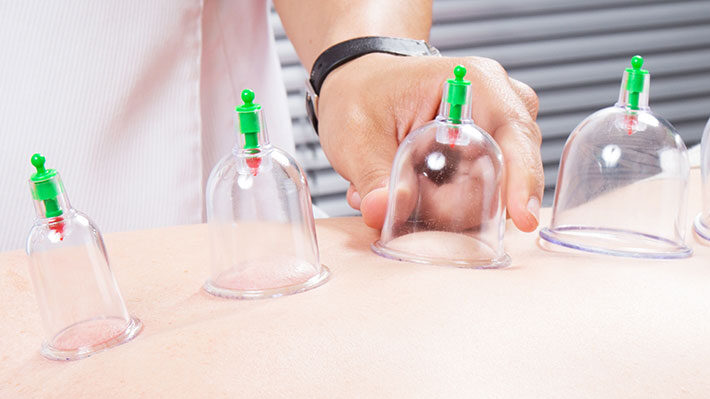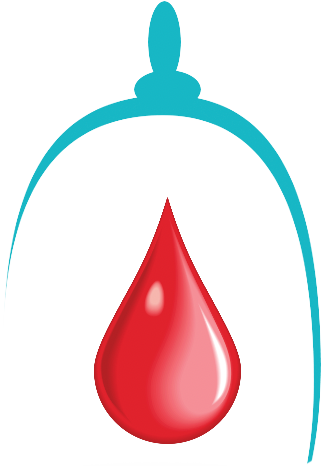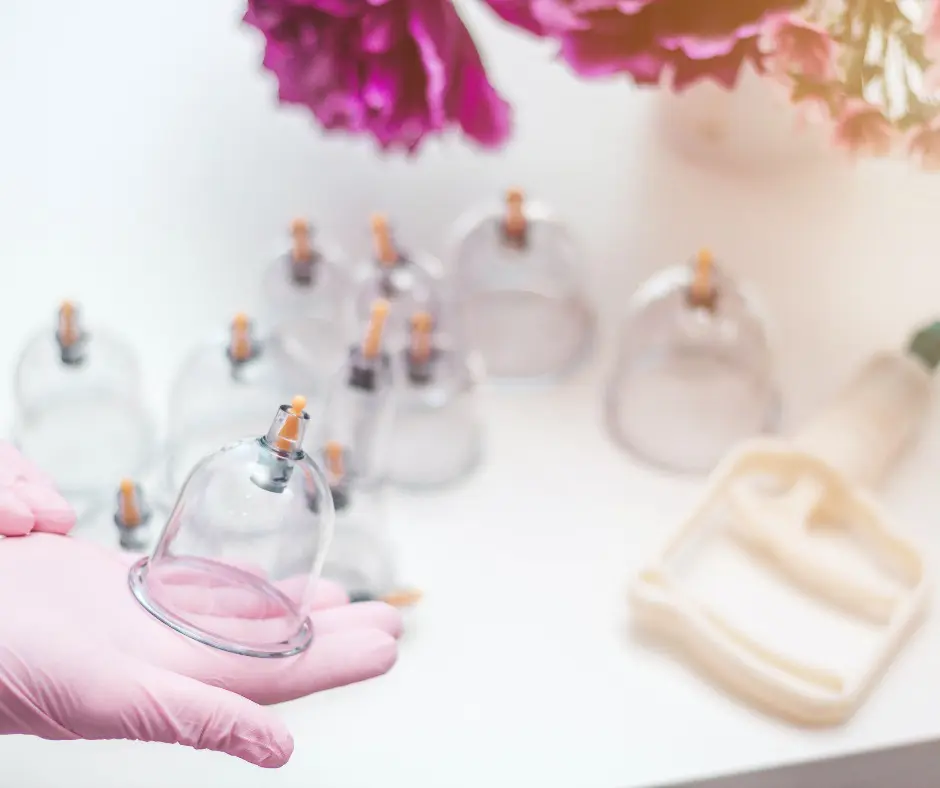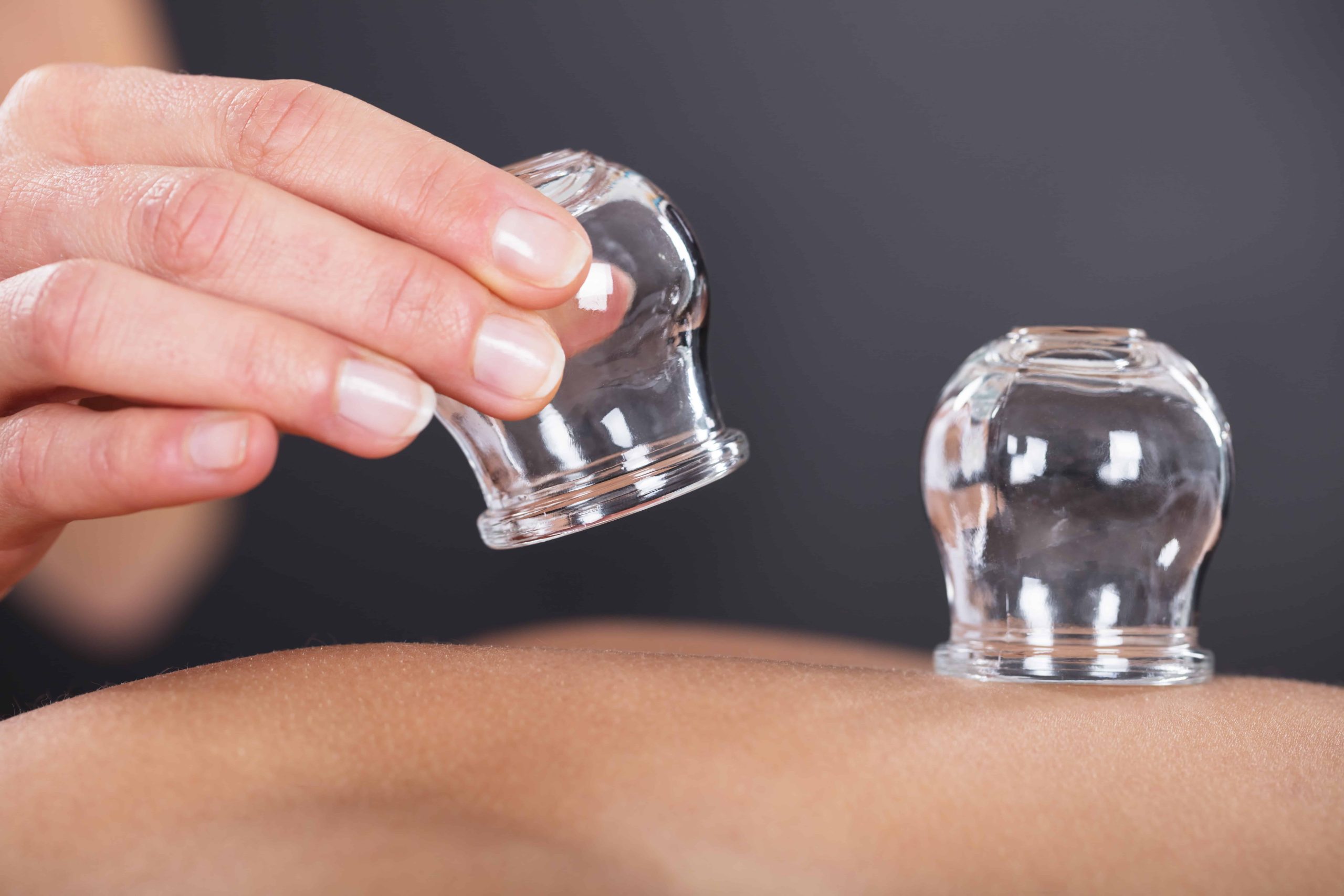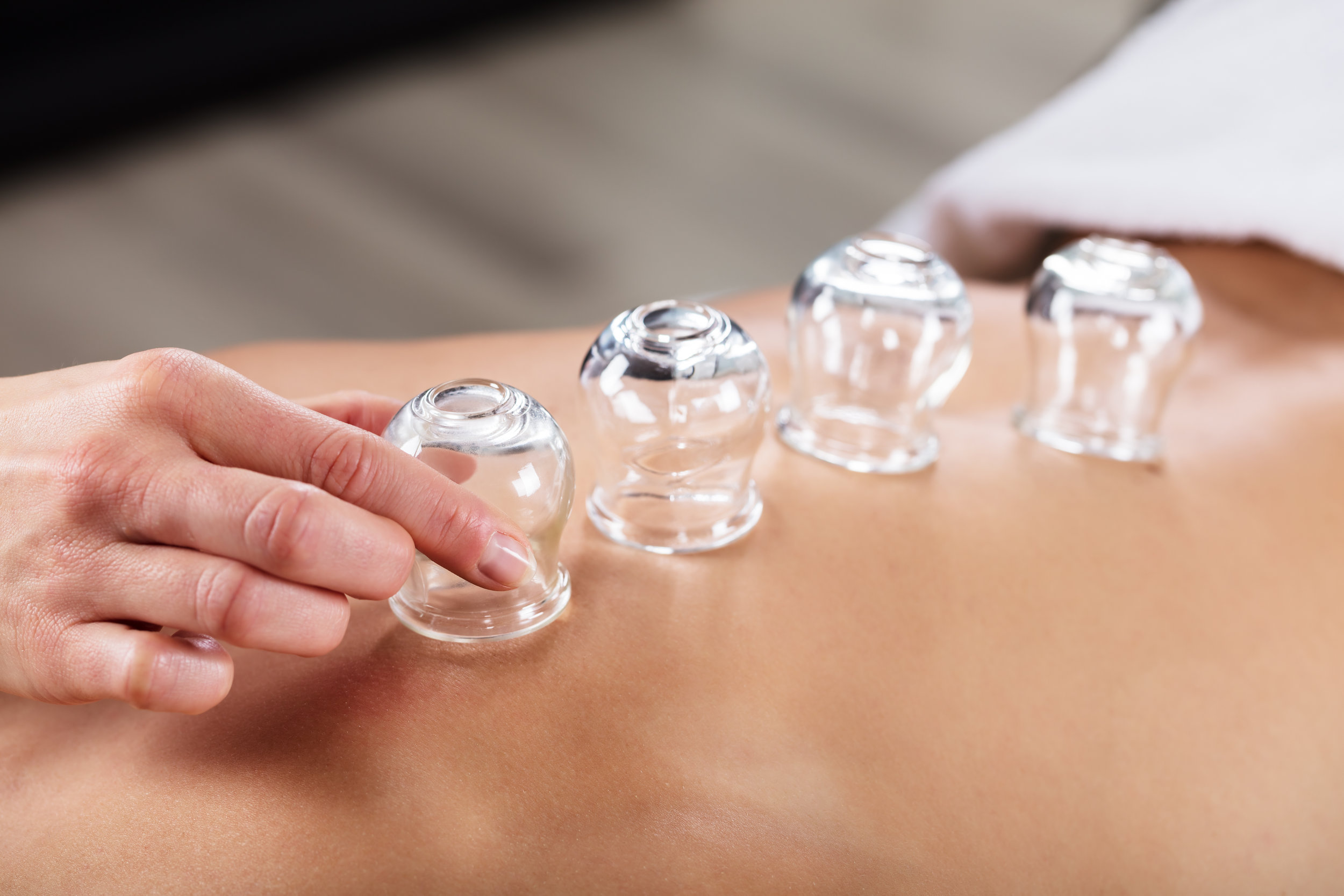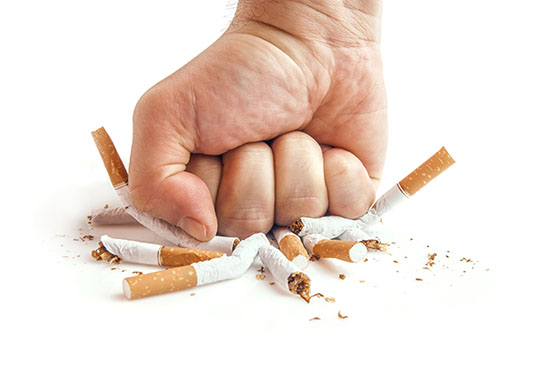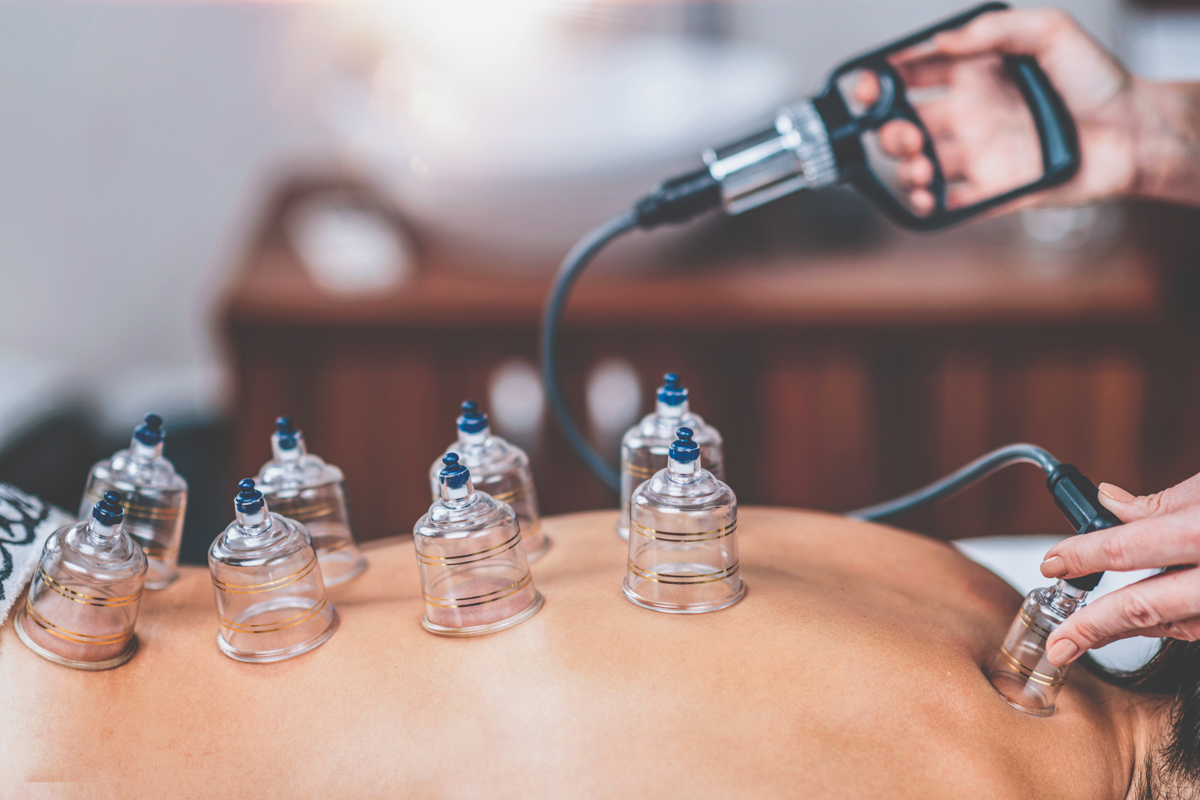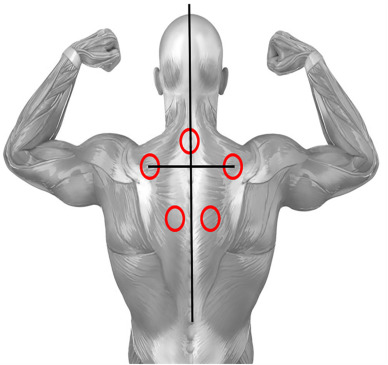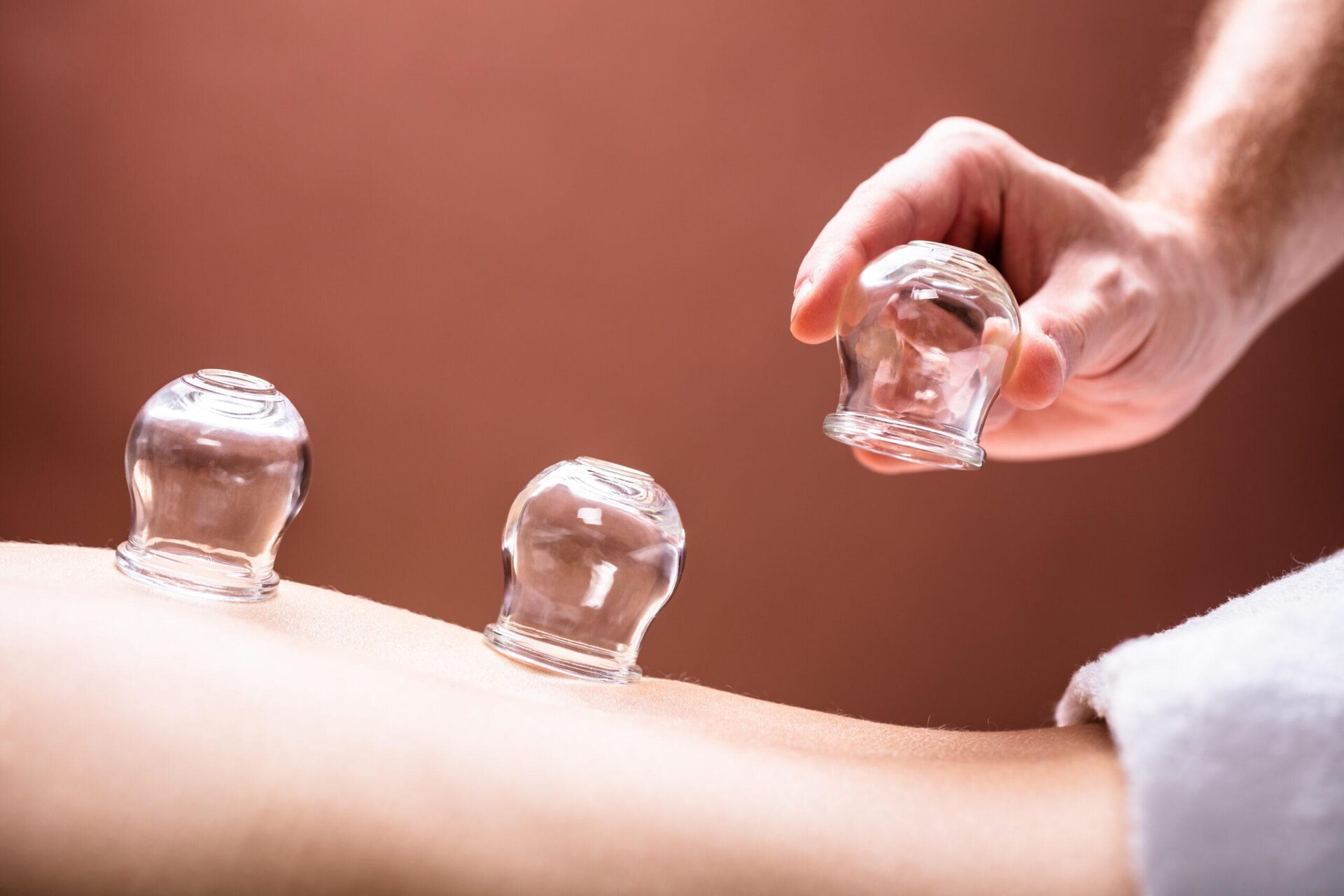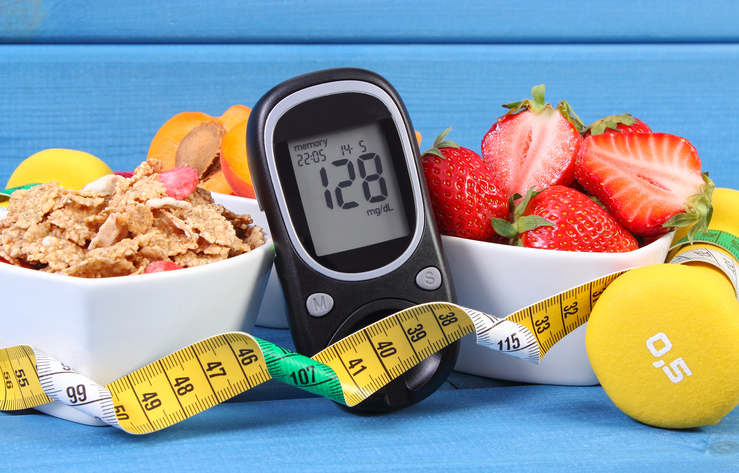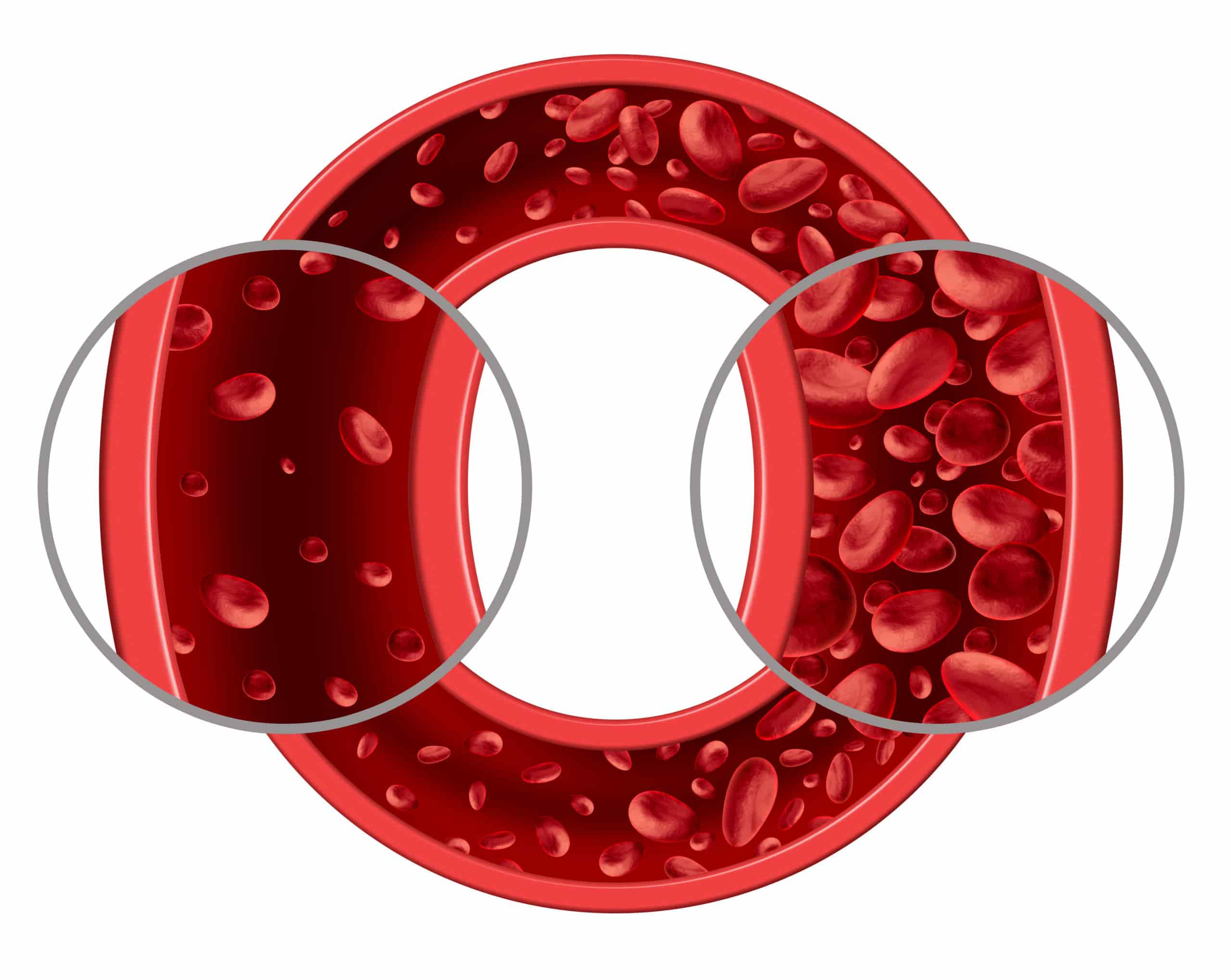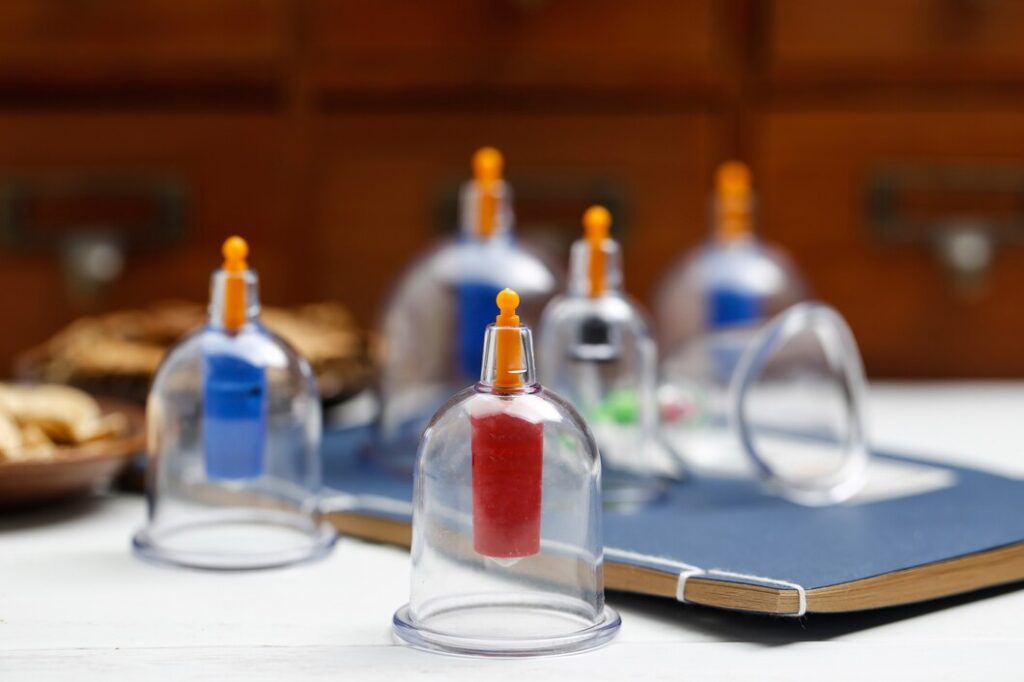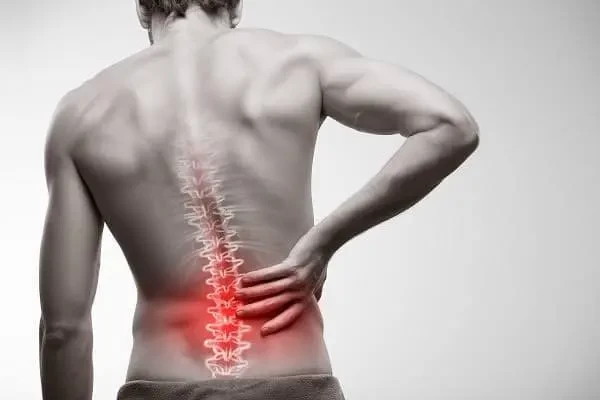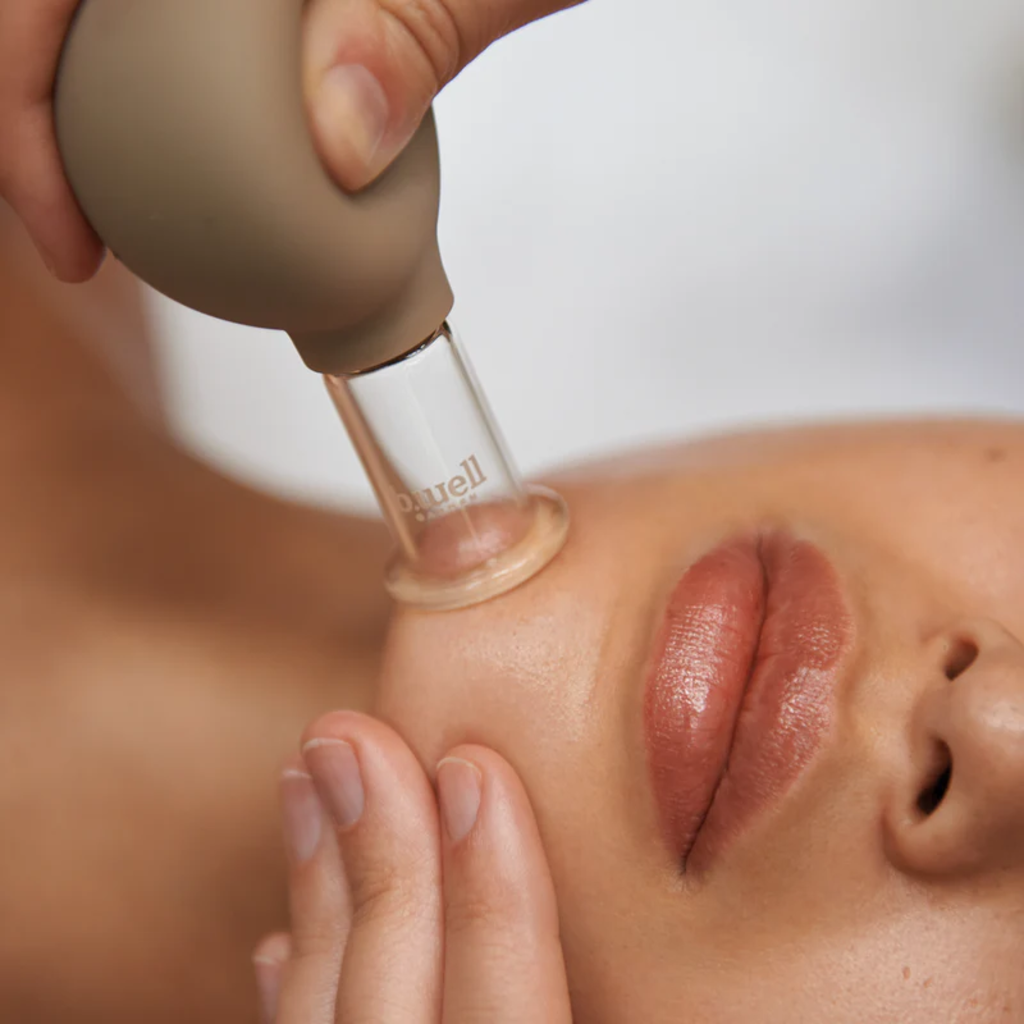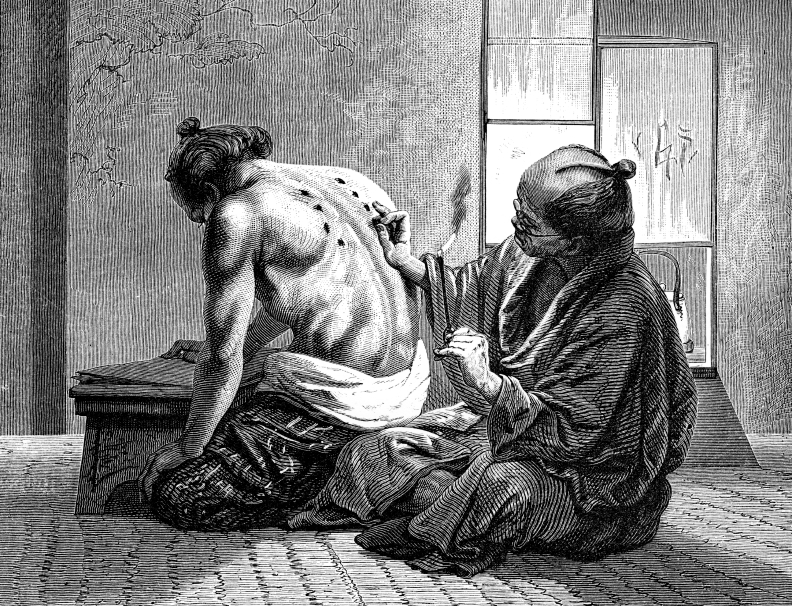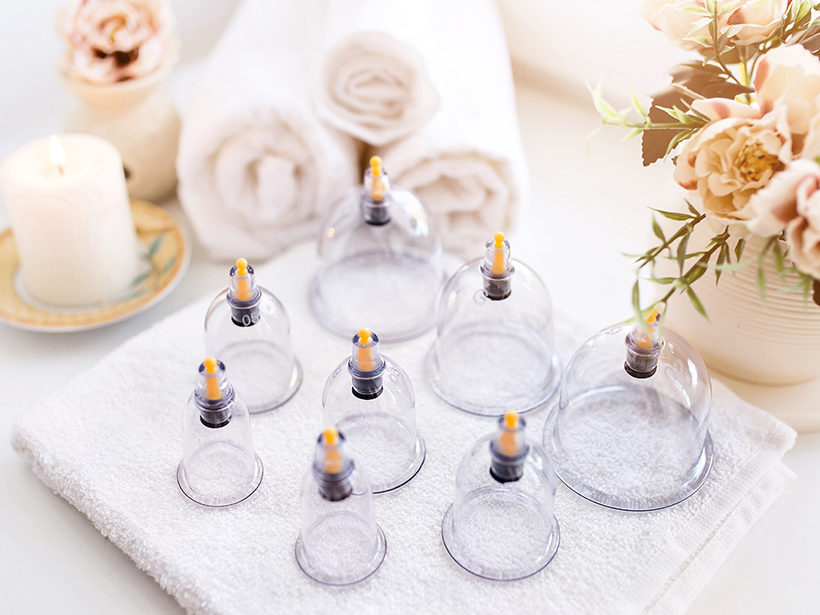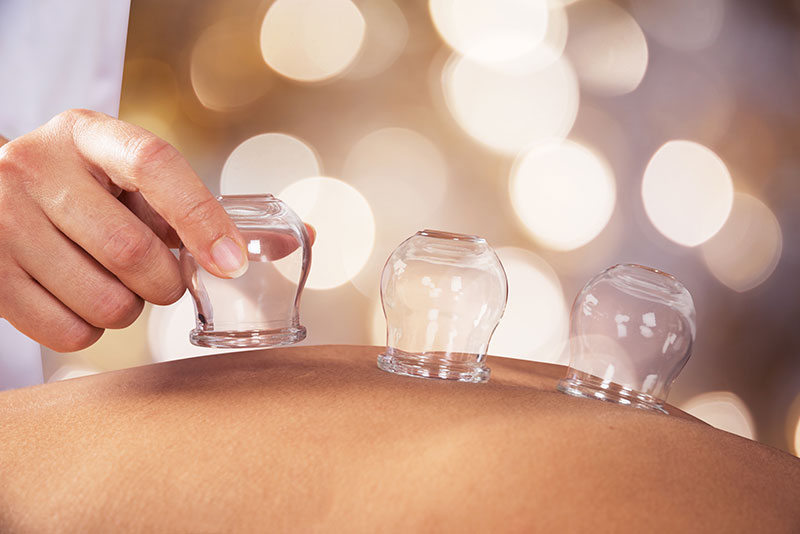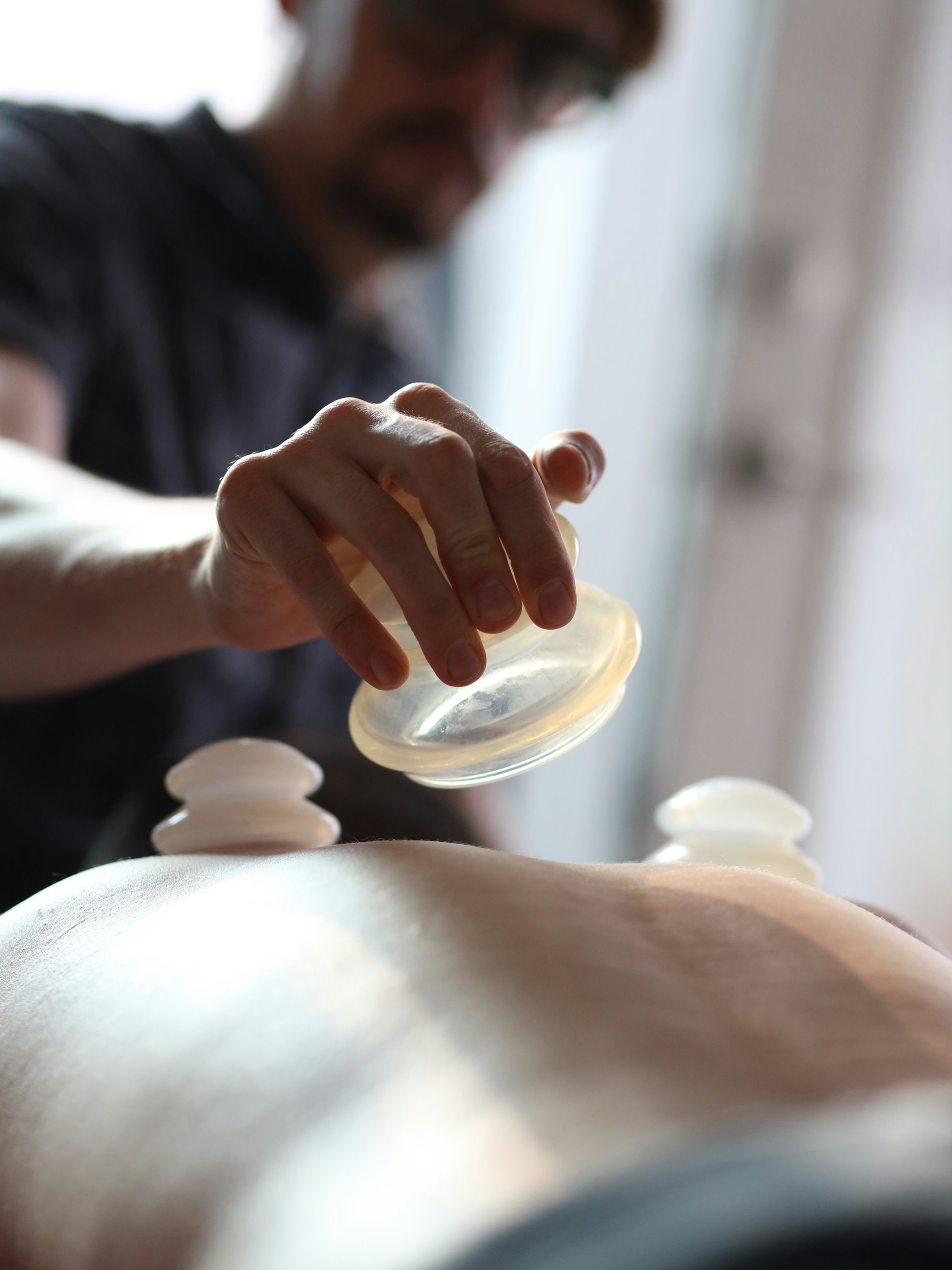Scientific Article on the Use of Medical Cupping in the Treatment of Chronic Diseases
Introduction:
Cupping therapy is an ancient traditional medical practice that has been used in various cultures for centuries. It involves placing cups on the skin to create a vacuum, which draws out stagnant blood and harmful residues from the surface of the body. This article aims to review the current scientific evidence regarding the use of medical cupping in the treatment of certain chronic diseases.
Mechanisms of Cupping Therapy:
Cupping is believed to work through several potential mechanisms, including:
Improved Circulation: The suction created by the cups may increase blood flow to the treated area, enhancing healing and reducing inflammation.
Detoxification: It is thought that cupping helps remove toxins and harmful residues from the body by pulling them to the skin’s surface.
Immune System Modulation: Cupping may affect the immune response, which could be beneficial in treating chronic inflammatory or immune-related diseases.
Pain Relief: Cupping may help alleviate pain by stimulating the release of natural pain-relieving chemicals in the body.
Scientific Evidence on the Use of Cupping in Treating Chronic Diseases:
An increasing number of studies have examined the effectiveness of cupping in treating various chronic diseases. However, many of these studies are still ongoing, and further research is needed to confirm results and determine optimal protocols for treatment. Some chronic diseases that have been studied regarding cupping therapy include:
Chronic Pain: Some studies suggest that cupping may be effective in alleviating chronic pain, such as back, neck, knee pain, and headaches. However, more research is needed to refine these results and identify the best types of cupping and protocols for pain relief.
Arthritis: Some studies have shown that cupping may help reduce pain, stiffness, and improve joint function in individuals with rheumatoid arthritis and osteoarthritis.
Skin Diseases: Research indicates that cupping may be beneficial in treating certain chronic skin conditions, such as acne, eczema, and psoriasis.
Chronic Fatigue Syndrome: Some studies suggest that cupping may help reduce fatigue and improve quality of life in individuals with chronic fatigue syndrome by stimulating circulation.
Hypertension: Some studies indicate that cupping may help lower blood pressure in individuals with hypertension.
Safety and Precautions:
Cupping is generally considered safe when performed correctly by a trained practitioner. However, potential side effects include bruising, mild discomfort, and infection. It is essential to ensure that the practitioner uses clean, new cups and follows proper safety procedures to minimize the risk of infection. People with certain medical conditions, such as bleeding disorders or pregnancy, should avoid cupping or consult their doctor before undergoing the treatment.
Conclusion:
While there is a growing body of scientific evidence suggesting that cupping may be beneficial in treating some chronic diseases, further high-quality research is needed to confirm these results and determine the most effective types and protocols for use in these cases. Cupping should not be considered a replacement for traditional medical treatments for chronic diseases but can be used as a complementary treatment under medical supervision. It is essential to consult a doctor before undergoing cupping to discuss the potential risks and benefits.
Other Hadiths also mention preferred times for performing Hijama, such as the 17th, 19th, and 21st days of the Islamic lunar month. These religious texts give Prophetic cupping a special status in Islamic tradition and make it a part of the practical Sunnah.
